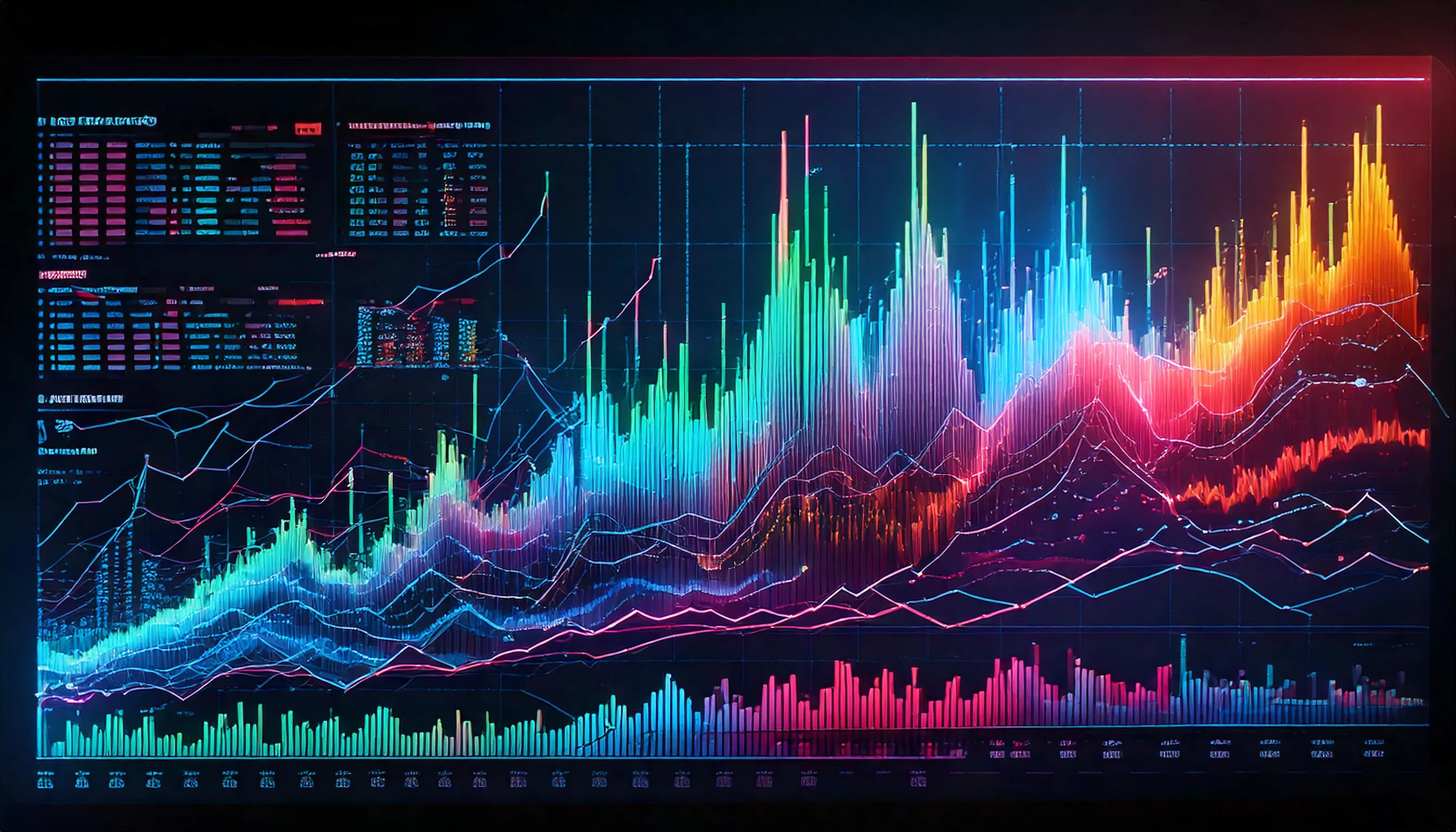As we've explored in our previous discussions, Synthetic Data has been gaining momentum as a transformative solution for the challenges inherent in Real-Time Market Research (RTMR). By providing a means to:
- Enhance Privacy: Protect sensitive information while maintaining data utility
- Increase Speed: Rapidly generate data to meet the demands of real-time insights
- Overcome Data Gaps: Simulate rare events, forecast trends, or represent underreported demographics
Synthetic data has shown promising potential in revolutionizing the way market researchers gather, analyze, and act upon data. However, as with any powerful tool, ensuring its reliability and effectiveness is paramount.

The Crucial Next Step: Validation - Ensuring Synthetic Data's Reliability and Effectiveness
As synthetic data integration becomes more prevalent in RTMR workflows, a critical question emerges: How can we trust that synthetic data accurately represents real-world market dynamics? The answer lies in validation. Validating synthetic data is not merely a best practice, but a necessity for:
- Maintaining Data Integrity: Ensuring synthetic data doesn't introduce biases or inaccuracies that could mislead strategic decisions.
- Optimizing Resource Allocation: Guaranteeing that investments in synthetic data generation and integration yield actionable, reliable insights.
- Enhancing Stakeholder Confidence: Providing a transparent, verifiable foundation for data-driven strategies, fostering trust among stakeholders.
The central theme of this discussion, emphasizes on:
- Effectiveness: The ultimate goal of synthetic data validation, ensuring it serves its purpose in RTMR.
- Nuanced Understanding: Recognizing the complexity of validation, which involves more than just superficial checks.
- Evaluation Metrics: Utilizing specific, relevant measures to assess synthetic data quality.
- Real-World Applications: Learning from practical examples to inform validation strategies.
- Best Practices: Adhering to established guidelines for rigorous and reliable validation processes.
By delving into these aspects, we aim to provide a comprehensive framework for validating synthetic data in RTMR, empowering market researchers to harness its benefits with confidence.

Metrics for Evaluating Synthetic Data Quality
Evaluating the quality of synthetic data is crucial to ensure it serves its purpose in Real-Time Market Research (RTMR). Here, we dive into four pivotal metrics for assessing synthetic data quality, along with practical techniques for evaluation.
1. Accuracy
- Definition: Accuracy measures how closely synthetic data mirrors real data in terms of statistical properties. This includes distributions, means, medians, modes, and standard deviations.
- Why it Matters: High accuracy ensures that synthetic data reliably represents the real-world market, facilitating informed decision-making.
- Evaluation Techniques:
- Comparative Analysis:
- Visual Inspection: Overlap plots, histograms, or scatter plots to visually compare synthetic and real data distributions.
- Statistical Tests: Utilize t-tests, ANOVA, or non-parametric alternatives to compare means and variances.
- Mean Squared Error (MSE) Calculation:
- Formula: MSE = (1/n) * Σ(real value - synthetic value)^2
- Interpretation: Lower MSE values indicate higher accuracy, with 0 being the ideal.
- Comparative Analysis:
2. Completeness
- Definition: Completeness assesses the extent to which synthetic data covers all necessary aspects of real data, including all variables, categories, or time periods.
- Why it Matters: Ensuring completeness guarantees that no critical market insights are overlooked due to data gaps.
- Evaluation Techniques:
- Coverage Analysis:
- Variable Coverage: Check if all relevant variables from the real data are present in the synthetic data.
- Category/Class Coverage: Verify that all categories or classes in categorical variables are represented.
- Identifying Gaps vs. Real Data:
- Data Profiling: Use tools to profile both datasets and highlight any discrepancies in coverage.
- Coverage Analysis:
3. Consistency
- Definition: Consistency evaluates the coherence of synthetic data across different generations or subsets, ensuring that the data's statistical properties remain stable.
- Why it Matters: Consistency is vital for reliable longitudinal analyses and comparative studies.
- Evaluation Techniques:
- Inter-generational Comparison:
- Time-Series Analysis: If applicable, analyze how synthetic data trends evolve over generations.
- Distribution Comparison: Statistically compare the distribution of key variables across generations.
- Assessing Data Distribution Consistency:
- Visual Inspection: Use plots to identify any noticeable shifts in data distribution.
- Statistical Process Control (SPC) Methods: Apply SPC to monitor and control the consistency of synthetic data generations.
- Inter-generational Comparison:
4. Relevance
- Definition: Relevance measures how well synthetic data aligns with the specific objectives of the RTMR project, ensuring it addresses the research questions or problems at hand.
- Why it Matters: Relevant synthetic data guarantees that the insights derived are directly applicable to the market research goals.
- Evaluation Techniques:
- Alignment Scoring with Research Goals:
- Goal-Question-Metric (GQM) Approach: Define metrics that directly relate to the research objectives and score the synthetic data's alignment.
- Stakeholder Feedback:
- Iterative Review Process: Engage stakeholders in reviewing synthetic data outputs to ensure they meet the expected standards of relevance.
- Alignment Scoring with Research Goals:
As we conclude our exploration of validating synthetic data in Real-Time Market Research (RTMR), a clear takeaway emerges: effective validation is the linchpin to unlocking the full potential of synthetic data.

By meticulously evaluating synthetic data against the metrics of Accuracy, Completeness, Consistency, and Relevance, researchers can confidently harness its power to inform strategic decisions.
Remember, validation is not a one-time check, but an ongoing process that ensures synthetic data remains a reliable, high-fidelity mirror of real-world market dynamics.
Elevate your RTMR practices today by integrating these validation standards and transform your organization's ability to make data-driven decisions with precision and speed.










